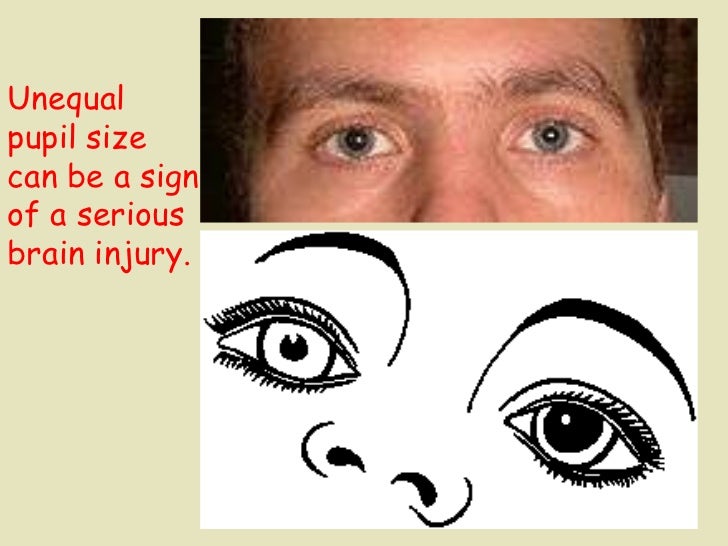
Physiological anisocoria: This is when the pupils are naturally different sizes. No matter what’s causing your pupils to be irregularly sized, you should see your provider as soon as possible.Share on Pinterest Physiological anisocoria is the most common type of anisocoria. This distinction isn’t as important as getting your symptoms evaluated right away. Your healthcare provider will classify your anisocoria as either pathological (caused by a disease) or physiological (caused by something malfunctioning inside your body).
#Unequal pupil size in newborn skin#

That’s why you should talk to your provider as soon as you notice any changes in your eyes or vision. It can cause a drooping eyelid ( ptosis), irregular pupils and a lack of sweating on half your face.īoth anisocoria and Horner’s syndrome can be caused by serious, life-threatening conditions like a stroke, brain aneurysm or some cancers. Horner’s syndrome is a rare genetic condition that affects the tissue around your eyes. Some are temporary, but some can be life-threatening. Anisocoria can be caused by lots of conditions. It’s similar to the way you might see swelling in your body referred to as edema. Horner’s syndromeĪnisocoria is the medical term for asymmetric (different sized) pupils.

Some people develop anisocoria with no long-term complications, but it can also be a sign of a much more dangerous issue in your body.

Visit your provider or go to the emergency room if you notice one of your pupils is suddenly larger than the other. It shrinks (contracts) in bright light and expands (dilates) in dim light. It naturally changes size without you noticing or controlling it. The pupil is the black center of your eyes that expands and contracts to help you see in different amounts of light. What is anisocoria?Īnisocoria is the medical term for when one of your pupils is bigger than the other. Anisocoria makes pupils irregularly sized.


 0 kommentar(er)
0 kommentar(er)
